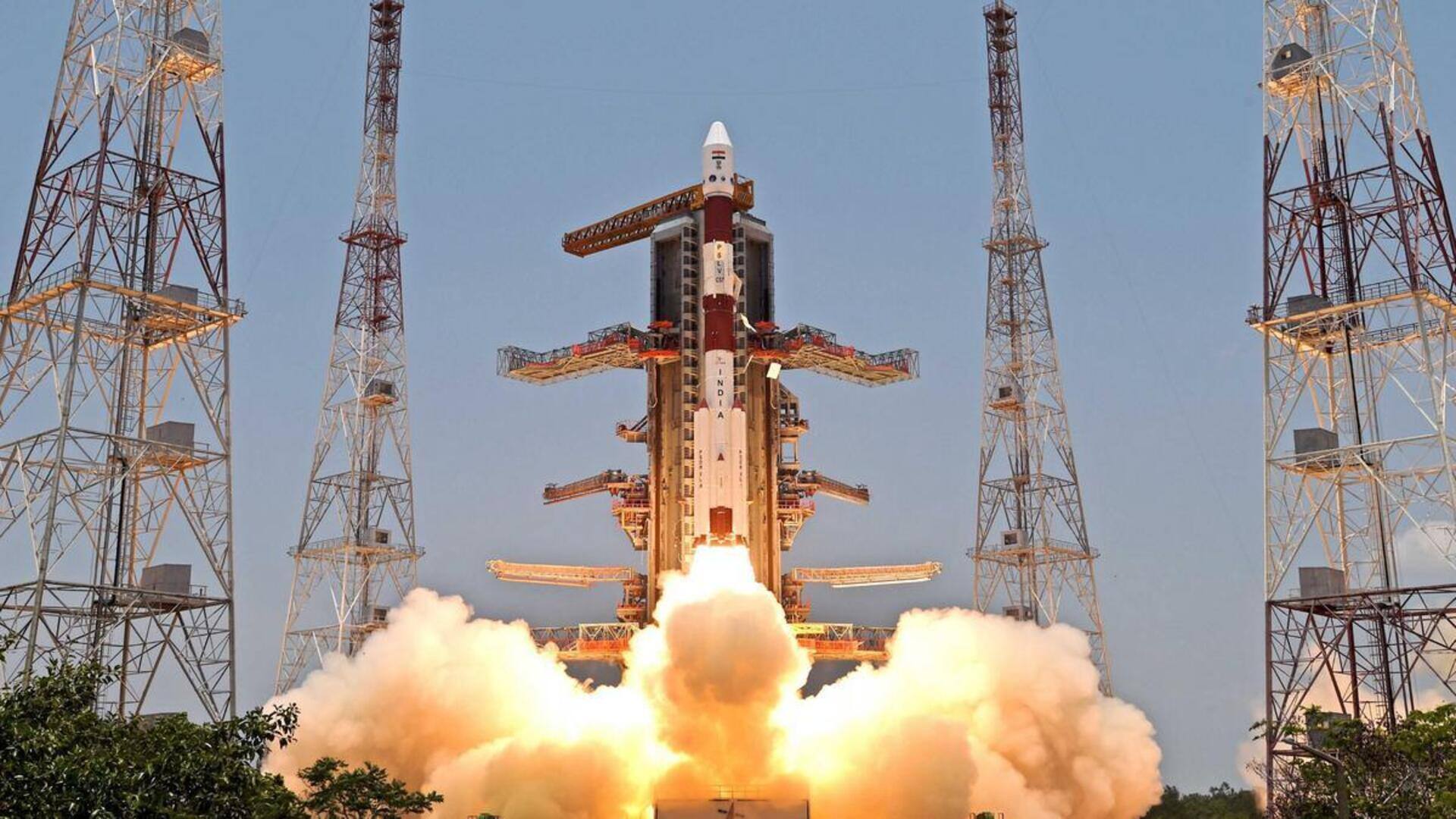
ISRO launches India's first polarimetry mission, XPoSat: Know its significance
What's the story
The Indian Space Research Organisation (ISRO) has launched its first-ever polarimetry mission, the X-Ray Polarimeter Satellite (XPoSat). This groundbreaking project aims to study the dynamics of bright astronomical X-ray sources in extreme conditions. Launched from the Satish Dhawan Space Centre at 09:10am, the PSLV-C58 rocket, in its 60th mission, carried XPoSat and 10 other satellites into low earth orbits. This follows the achievement of its Gaganyaan Test Vehicle D1 mission in October.
Twitter Post
XPoSat satellite successfully placed in intended orbit
PSLV-C58/XPoSat Mission:
— ISRO (@isro) January 1, 2024
Lift-off normal 🙂
🛰️XPoSat satellite is launched successfully.
🚀PSLV-C58 vehicle placed the satellite precisely into the intended orbit of 650 km with 6-degree inclination🎯.
The POEM-3 is being scripted ...#XPoSat
Details
XPoSat's objective and payloads
XPoSat's is the first dedicated satellite from ISRO with the primary purpose of investigating the polarization measurements of intense X-ray emissions from celestial sources (like black holes) in space. The satellite is equipped with two scientific payloads: POLIX (Polarimeter Instrument in X-rays) and XSPECT (X-ray Spectroscopy and Timing). POLIX measures polarimetry parameters in medium X-ray energy range, while XSPECT provides spectroscopic information. With a mission life of five years, XPoSat is expected to significantly benefit the global astronomy community.
Insights
Collaborations with space startups and international missions
NASA also conducted a similar study in December 2021 with its Imaging X-Ray Polarimetry Explorer mission, focusing on supernova remnants and black hole particle streams. In addition to XPoSat, the PSLV-C58 mission also carried payloads from four Indian space start-ups. These payloads aim to demonstrate microsatellite subsystems, thrusters, and radiation shield coating for satellites. One such payload, the P-30 nanosatellite platform by Dhruva Space, is part of the 'Launching Expeditions for Aspiring Payloads - Technology Demonstrator' (LEAP-TD) project.
Scenario
Emission mechanisms from astronomical sources
Understanding emission mechanisms from astronomical sources like black holes and neutron stars can be quite challenging. Although spectroscopic and timing information from space-based observatories offers valuable insights, the exact nature of these emissions remains a mystery. According to ISRO, "the polarimetry measurements add two more dimensions to our understanding, the degree of polarization and the angle of polarization and thus is an excellent diagnostic tool to understand the emission processes from astronomical sources."